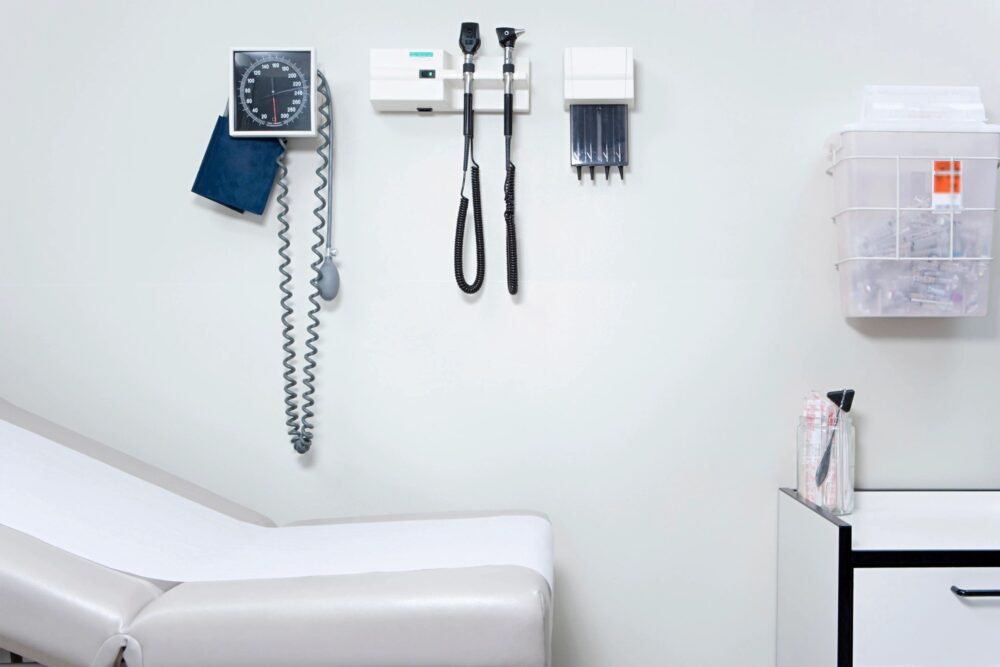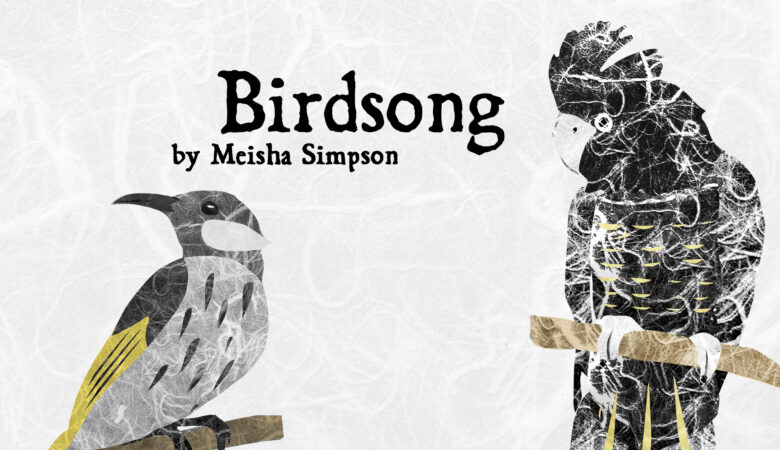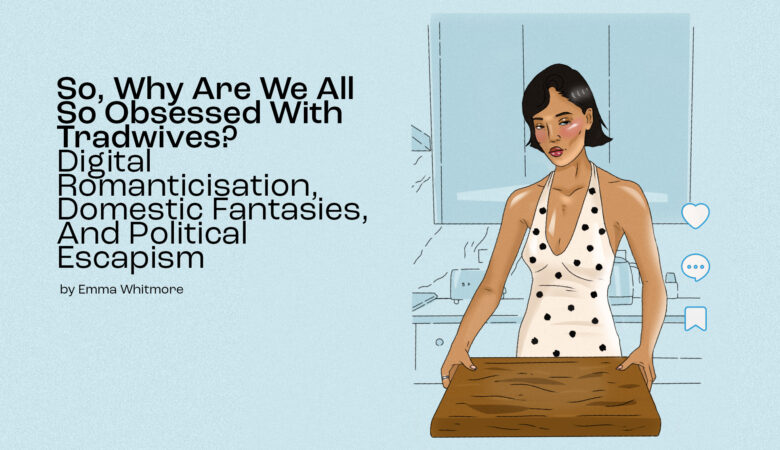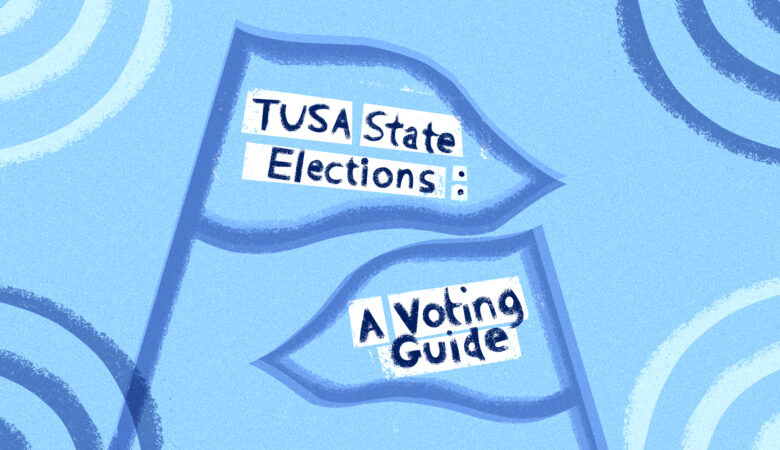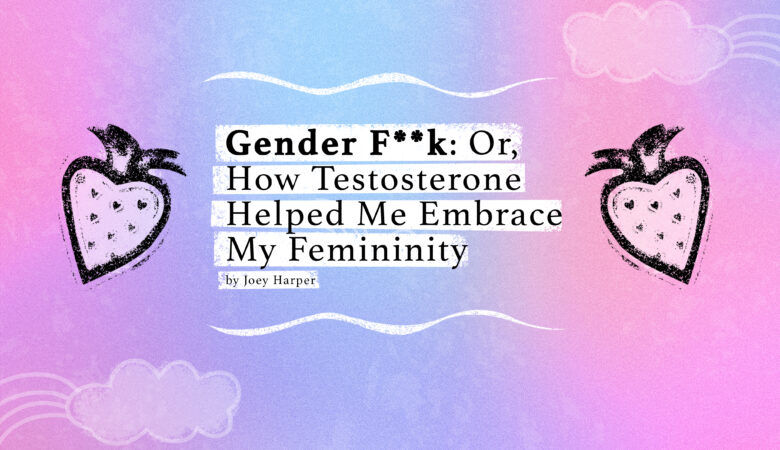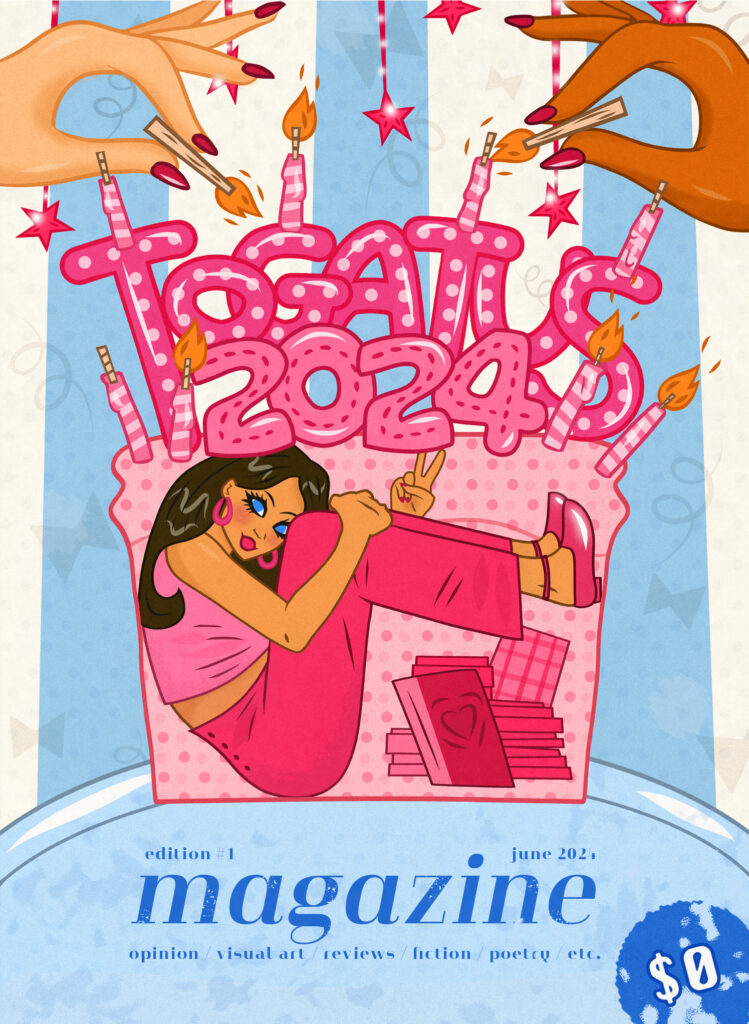My name is Chester. I’m a final year medical student, and I have some questions. It’s 2020, COVID-19 restrictions are easing, and it has been almost a year since the Australian Medical Association declared a climate emergency. Recently, the Australian government announced a task force to guide us forward. This task force is made up of fossil fuel industry heavyweights and has the Prime Minister calling for a gas-powered solution. Wacky stuff. What I want to know is, in the light of climate change inaction and other social injustices — government maltreatment of refugees, and aboriginal deaths in custody — should I join other doctors around Australia, and get arrested for a cause? What is civil disobedience? Is it a good idea? What does the evidence say? What does my training say?And finally, who’s going to stop me?
First, a little background to this story. Growing up I was a very passive concerned citizen. I voted Greens, picked up rubbish and flew to many distant places. My concern for the world around me was definitely there, but the number of times I acted on this concern were few and far between. Now in my final year of medical school, I have spent quite a lot of time on the streets, in the boss’s office, battling bureaucracy and on one occasion challenging politicians. I have been in the paper, on the news, and on the radio. There have been three key catalysts on my journey thus far. The first is Pete Donkersley, a medical student, activist, ‘epidemiologist in the making,’ and friend. The second, the ‘social determinant’s spectacles’ that I acquired in first year; I wear them daily. The third, medical ethics.
The reasonable man adapts himself to the world; the unreasonable one persists in trying to adapt the world to himself. Therefore, all progress depends on the unreasonable man.
George Bernard Shaw
This was a quote the former Head of the Tasmanian School of Medicine, Ben Canny shared with us at the memorial service for Pete, who took his own life in 2018. So far, nothing has summed him up better. Pete’s legacy lives strong in the impact he had on those who knew him. He inspires me to think big and do more.
Maureen Davy was not for everyone. Or maybe we should say Domain Three was not for everyone, but it’s funny how your memory of a subject takes the form of the lecturer. Dr Davy had buckets of passion for social determinants and she also had buckets of diagrams to go with them. As I studied D3, to prepare for the exam, I quickly came to realise how much of the world around me social determinants could explain. Not only did social determinants demonstrate the bigger picture, they also offered potent opportunities for change. I have never looked back.
Nonmaleficence, beneficence, autonomy and justice. These four principles guide doctors through clinical practice and the sticky positions they may find themselves in. When to cut, when not to cut, who calls the cut and who gets cut first. In addition to these pillars, we have a document called the Code of Conduct that fills in some of the gaps. As future clinicians, we will be accountable to this Code and its principles. Health advocacy is an important concept in the Code, and we are told “good medical practice involves using your expertise and influence to protect and advance the health and wellbeing of individual patients, communities and populations”.
Pete, social determinants and medical ethics inspire me to become involved in issues of social justice. They have carried me this far, but what do they say about civil disobedience? I’m sure Pete would offer a slightly too loud and very enthusiastic clap (for those who knew him it was his signature of appreciation). Social determinants would be the target of any action and medical ethics, well that’s where it gets interesting.
“I think I probably saved more lives with a spray can than I ever did with a scalpel”. These are the words of Dr Arthur Chesterfield-Evans, pictured above, who was an active participant of Billboard-Utilising Graffitists Against Unhealthy Promotions (BUGA-UP) in the 1980s. This group of activists defaced billboards advertising tobacco around Australia, a campaign that “radically transformed the public understanding” and contributed to tobacco advertising reform in 1993. Doctors involved in this direct action broke the law and a number were subsequently arrested. From personal experience, these people are now described as medical heroes by the profession. You could say that the doctors of BUGA-UP went above and beyond. You could also say they were just doing their job.
The examples continue. In 2016 doctors at a hospital in Brisbane refused to discharge a 12-month-old girl back to Nauru detention facility. They argued that it was against their medical obligations to the child. Public interest quickly developed and tension grew between the authorities and doctors around Australia. The Australian Medical Association became involved and then-president Brian Owler announced to the media that should border police try and forcibly remove the child, doctors should be prepared to hold their ground, “if [doctors] can resist they should”. In 2018, after sustained political pressure and advocacy by health professionals, parliament passed the Medevac bill allowing critically ill refugees to be treated in Australia. This bill was later repealed.
The American Medical Association Code of Medical ethics acknowledges the potential conflict that can surface between medical ethics and the law. They suggest “ethical responsibilities usually exceed legal duties… [W]hen physicians believe a law violates ethical values or is unjust they should work to change the law. In exceptional circumstances of unjust laws, ethical responsibilities should supersede legal duties.” Often the law will coincide with ethical obligations and can offer guidance in clinical decisions, but this will not stand in every situation. Interestingly the Australian Code of Conduct says “this code is not a substitute for the provisions of legislation and case law. If there is any conflict between this code and the law, the law takes precedence.” This suggests a dilemma for Australian doctors, but in the right circumstances (as exampled above), Australian doctors appear to freely contest the law with professional support. It appears on occasion that the mutual standards of the profession back a higher moral obligation then those detailed in the Australian Code of Conduct.
Civil disobedience can be defined in a number of ways. In a recent article in The Lancet by Bennet and others, Bedau’s definition is quoted. Bedau describes civil disobedience as “a public, non-violent, conscientious yet political act contrary to law usually done with the aim of bringing about a change in the law or policies of the government”. The article also references Rawle and states “civil disobedience is a duty that arises when the duty to oppose an injustice becomes greater than the duty to comply with the law.” Importantly, as Bennet and others discuss, health professionals should accept the consequences of civil disobedience (penalty, arrest) as this conveys respect for the legal-political system.
Communication is the key instrument of advocacy. Civil disobedience intends to draw attention to issues that the broader community should consider. The involvement of health professionals may add credibility and highlight severity of the issues and thus improve effectiveness. Research in in the book Why Civil Resistance Works: The Strategic Logic of Nonviolent Conflict suggests no government can survive sustained pressure by 3.5 per cent of their population. Importantly, it was found that all of the campaigns considered in this study that achieved the ‘3.5 per cent’ were non-violent. Non-violent campaigns outperformed violent campaigns by two to one. The potential is volatile, and worthy causes are many and diverse. For me, a lot of attention is directed towards the warming planet and the health problems it entails.
Earlier this year, the Antarctic reached 20°C. Climate change is upon us. The conservative 2016 Intergovernmental Panel on Climate Change report informed us that we have 10 years to prevent runaway climate change. Ultimately, we need to achieve 350 parts per million of carbon dioxide, currently we are at 408 parts per million of carbon dioxide (recorded at Cape Grim). In light of this, Bennet and others believe that “in the New Zealand context, insufficient climate action fulfils the criteria of being significantly unjust”. I wonder if in the Australian context, ‘significantly unjust’ is too kind? (ref ScoMo holding a lump of coal).
I have reason for optimism. COVID-19 has shown us that rapid change is possible. If “only a crisis – actual or perceived – produces real change. When that crisis occurs, the actions that are taken depend on the ideas that are lying around”. We are in the midst of a global pandemic and climate emergency. Now is the time to bring attention to issues that influence social Determinants, ignite the conversation and generate change. If scientist are the most trusted profession globally, doctors are the most trusted in Australia.
How many doctors under arrest would it take to draw attention to issues where lives are at stake? Non-violent civil disobedience is an effective medium for change. As doctors, we have ethical obligations to our patients and communities, and in the right circumstances “we should not shy away [from civil disobedience]”. With the presence of Pete at my side, a review of medical ethics and a consideration of social determinants I have answered a number of my questions. Unanswered however, is who is going to stop me?
